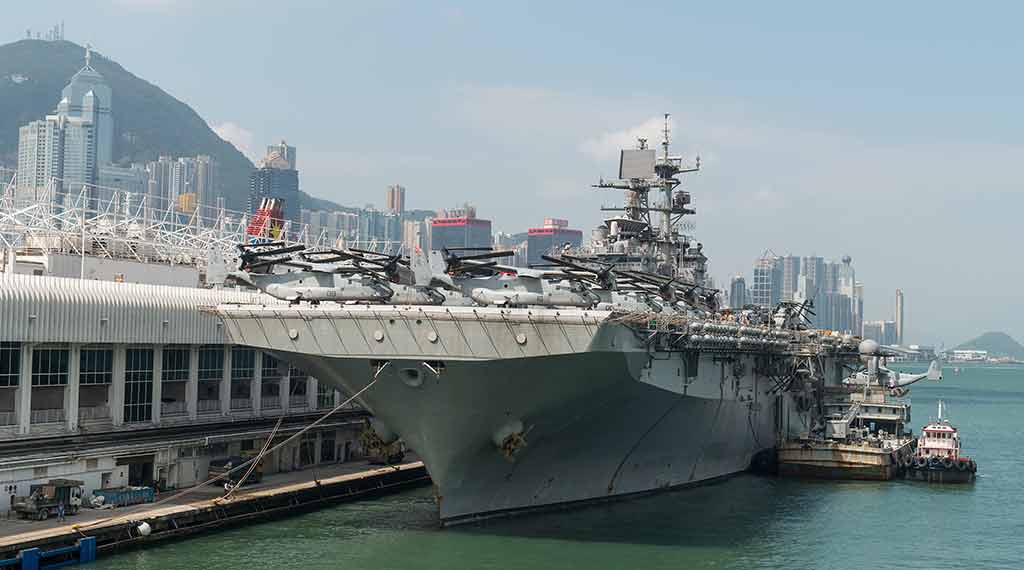China is determined to sink US Navy aircraft carriers in a war

Why does China seem obsessed with sinking U.S. Navy aircraft carriers? As tensions between China and America continue to ramp up, all eyes are on the South China Sea.
Latest posts by Maya Carlin (see all)
- Iran’s Growing Missile Arsenal Is a Challenge for Israel - November 18, 2025
- IAI Is Hoping to Secure a Contract for the “Golden Dome” - November 3, 2025
- Trump dispatches B-1 bombers and other military assets to Venezuela - October 28, 2025
